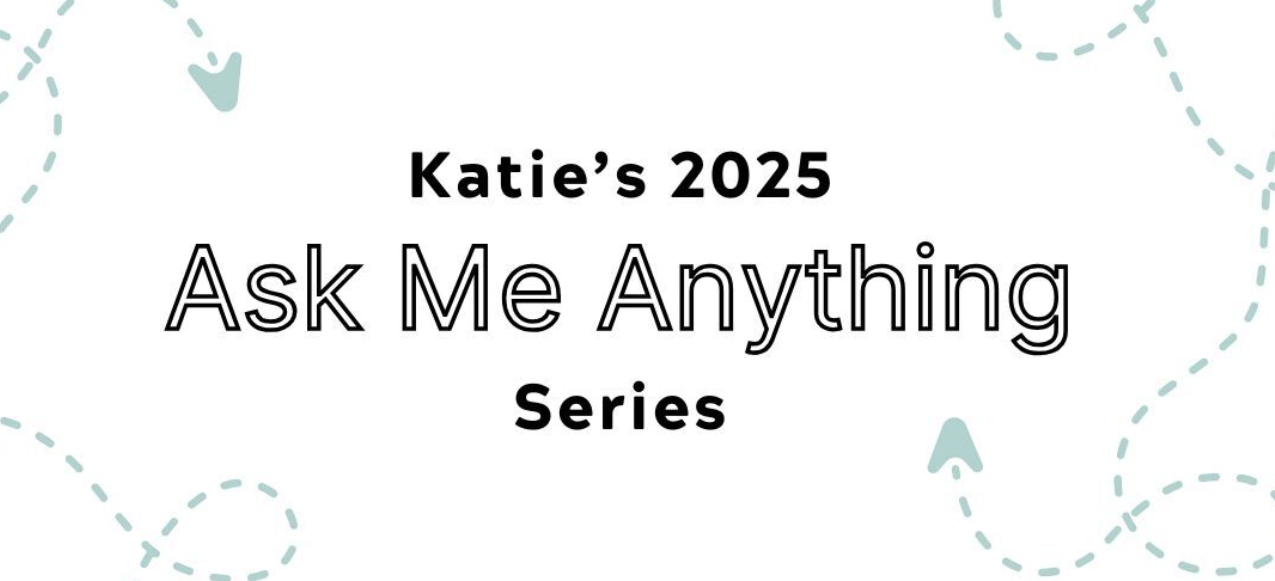Recently, I talked with a coaching client who was looking to overhaul her schedule. She felt overwhelmed, distracted, and like she was being pulled in too many directions.
As we talked about some of the challenges in her current schedule, several themes emerged that I’ve seen across many of my clients:
- Not enough time for solitude
- A lot of unplanned events and activities that disrupt planned tasks
- Too much work to get done in a reasonable amount of time
- Difficulty focusing
- A need for more physical movement throughout the day
- A feeling of monotony, or being on a “hamster wheel”
Based on some of the above challenges, I offered my client an activity that you might also find helpful if you are experiencing some of these things as well.
First, I asked her to write a series of “I am” statements. Then ask yourself: What kinds of emotions are coming up? What kinds of identities are emerging?
Next, we looked at those “I am” statements and looked for patterns. Do any of them group together in a kind of theme? Are any insights emerging just from looking at the statements?
Then, based on those themes and insights, I asked her to write a prescription for herself of small daily activities that might help to alleviate some of the “I am” statements that needed to be addressed. We then brainstormed some weekly and monthly activities as well.
For example, if her statement was “I am overwhelmed,” then activities could include:
- write a list of tasks and prioritize them from most to least important
- add time blocking to my calendar to meet an upcoming deadline
- ask for help with meal prepping from my partner
- take a break in the middle of the day to go for a walk
- talk to my supervisor about moving a deadline
- schedule a vacation day in the next couple of weeks
- implement a hard stop for work at 6pm at night to build in recovery time
This listing activity is repeated for each “I am” statement that needs to be addressed.
Finally, we looked at the list of activities that she had generated — her personal prescription for what is currently ailing her — as a kind of menu that she can choose from in the coming days to respond to the challenges we had outlined early in the session.
Since her schedule was often out of her control, adding in regular activities like regimented exercise, meal planning, or anything that needed consistency on a daily or weekly basis wasn’t really going to work for her.
In other words, rather than lean into over-scheduling her time and trying to control her situation more, we went the opposite direction and tried to be as flexible as possible instead. She doesn’t have to do all of the things on her prescription list, but now she has a range of ideas that she can implement that are specifically responding to needs that are personalized to her current experience.
Taking this kind of menu approach also has the added benefit of adding more variety to her schedule. She has a list of things that she needs or wants to do, and she gets to decide when and if they happen. By mixing and matching activities, her “hamster wheel” feeling gets disrupted.
Have you tried this kind of approach for your schedule? What benefits did you notice? If you haven’t tried this yet, what would go on your personal prescription list?



